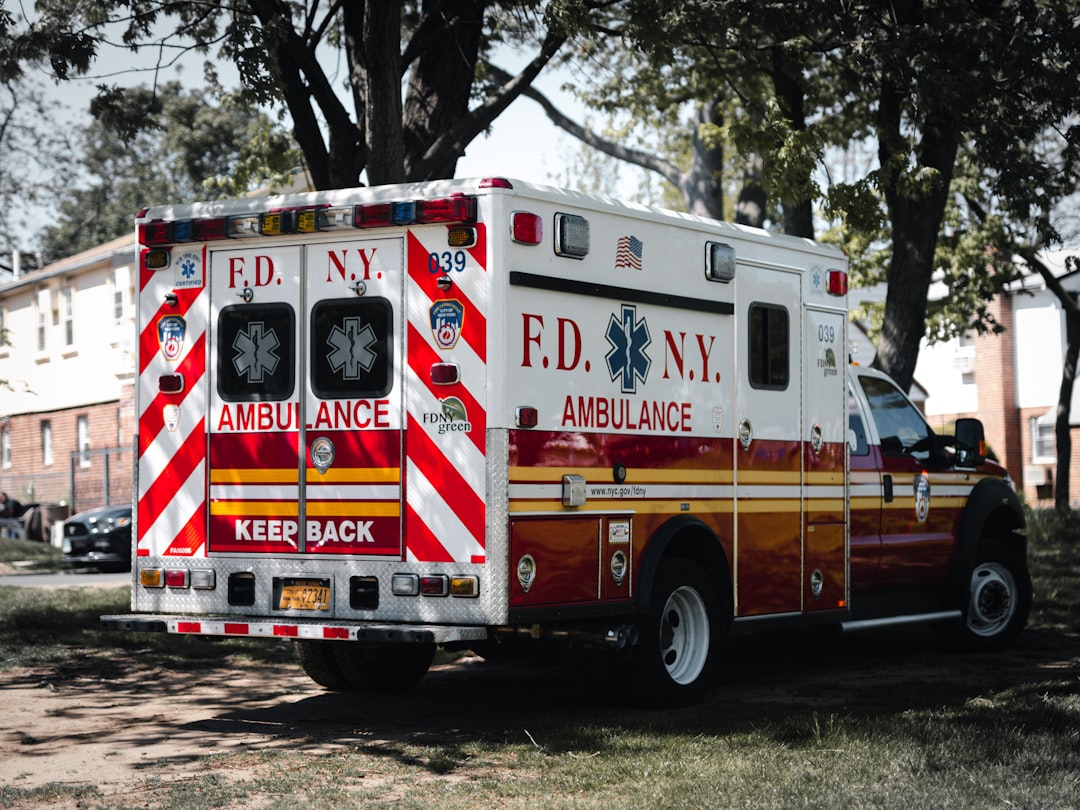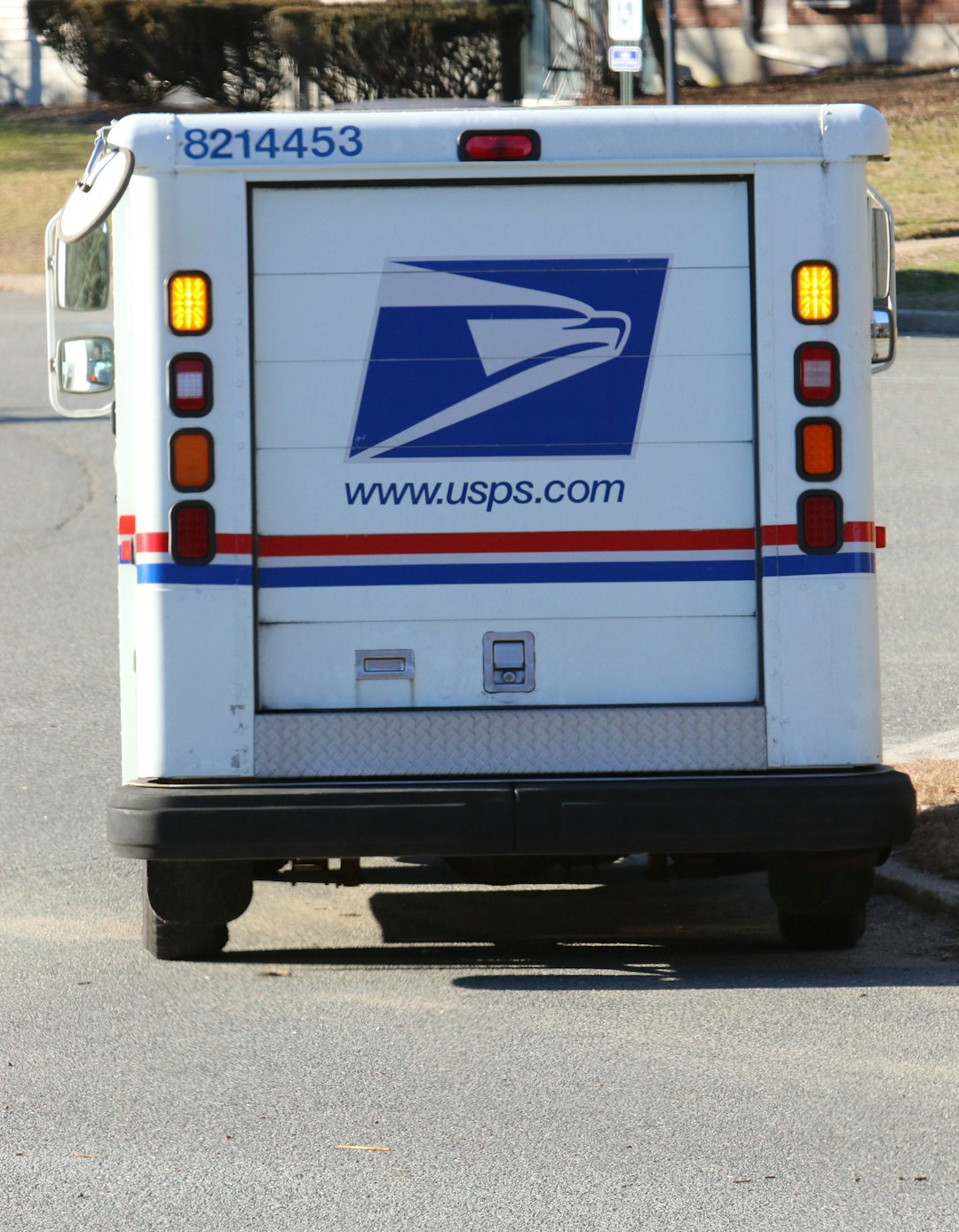Giving or receiving accurate addresses in the vast state of Texas is more complex than one might expect. From remote ranches with multiple access points to expanding urban areas rapidly adding new streets, Texas presents unique challenges to the USPS and emergency response systems. Understanding how to format a Texas address correctly — and how Emergency 911 (E911) systems depend on this — is crucial for ensuring mail delivery and potentially even saving lives.

The Complexity of Texas Addressing
Texas, as the second-largest state in the US, has a wide range of address formats. Urban addresses typically follow a grid pattern and are relatively simple, but rural areas — which are vast and sparsely populated — often present non-standard configurations. In areas lacking comprehensive street layouts, addresses may rely on route numbers, descriptions, or even personalized naming conventions.
Despite technological innovations, the United States Postal Service (USPS) and local E911 systems keep encountering discrepancies that lead to misdirected deliveries and delayed emergency responses. As such, following USPS rules and E911 guidelines is essential for residents, developers, and local governments.
USPS Rules for Proper Address Format
The USPS has rigorous standards for how addresses should be formatted to ensure mail is processed quickly and accurately. Below is the general format the USPS recognizes:
- Recipient’s Name
- Street Address (e.g., 1234 Elm St)
- Secondary Address Unit (if applicable — e.g., Apt 2B, Ste 100)
- City, State ZIP Code (e.g., Austin, TX 78701)
Important USPS formatting rules include:
- Always use abbreviations for street suffixes (Street = St, Road = Rd, etc.) and directional components (North = N, Southwest = SW).
- Do not use punctuation (e.g., no commas or periods).
- Use uppercase letters for all parts of the address if typed (optional but preferred).
For example, a properly formatted urban address in Dallas might look like:
JANE DOE 4567 MAPLE AVE APT 303 DALLAS TX 75219
Unique Cases: Rural and Non-Traditional Addresses
Rural Texans frequently live on unnamed roads or properties that span hundreds of acres. These conditions often lead to creative or legacy addressing systems that don’t align with USPS or 911 compatibility.
Some examples of rural Texas addresses include:
- RR 2 BOX 156, referring to Rural Route mailboxes
- HIGHWAY 281 S 12 MI FROM PARK RD
- FM 1960 W @ JONES RD
While these addresses may work locally or via traditional mail, they can complicate GPS navigation and E911 system identification, potentially delaying emergency response times. These challenges have prompted widespread initiatives across Texas counties to modernize and standardize rural addresses under E911 regulations.
E911 Addressing: Why It Matters
The E911 system enhances traditional 911 emergency calls by enabling operators to determine the caller’s geographic location automatically. However, for this to work correctly, the official address database used by E911 services must accurately reflect local geography and current real estate development.
Many counties in Texas have enacted thorough E911 programs designed to:
- Eliminate duplicate or similar-sounding road names in the same jurisdiction
- Assign systematic address ranges (e.g., even numbers on one side of the street)
- Replace rural route and highway-based addresses with street-style formats
For instance, an address like RR 2 BOX 45 might be converted to:
19875 COUNTY ROAD 314 TROUP TX 75789
Such changes significantly improve emergency service response times and reduce room for confusion by dispatchers or GPS navigation systems.

The Role of Local Governments
In Texas, address assignments are typically handled by the county or city planning and development offices. These entities work in conjunction with 911 addressing authorities to ensure every property has a unique, navigable address.
Property owners seeking new construction permits or utilities often must obtain an official 911 address before approval. This process may include confirming the physical location via satellite imagery, validating road names against existing databases, and ensuring compliance with USPS standards.
Best Practices When Using Texas Addresses
Whether you’re ordering a package online or sending an invitation in the mail, using the correct address format for Texas locations ensures timeliness and delivery accuracy. Here are some tips for best practices:
- Do not assume GPS or online maps have the most up-to-date address information — always cross-reference with local county data.
- Use USPS’s ZIP Code Lookup Tool to verify formatting and ZIP Codes.
- If moving to or building in a rural area, ask your county’s addressing coordinator for your official E911 address.
- Update your address with the USPS, DMV, voter registration, and emergency services when changes are made.

Frequently Asked Questions (FAQ)
- Q: What is the difference between a 911 address and a mailing address?
A 911 address is the official, geo-verified address used by emergency services, while a mailing address is used primarily by USPS for deliveries. In many rural Texas areas, these may differ unless coordinated. - Q: Can I make up an address name if I own a large property in Texas?
No. Official addresses must be assigned by your local county or city authorities to ensure they comply with USPS and E911 standards. - Q: What happens if my address doesn’t appear in Google Maps?
That doesn’t mean the address is invalid. Always check with your county’s GIS office or E911 coordinator to confirm validity before reporting it to mapping services. - Q: How can I correct an error in my Texas address?
Begin by contacting your local E911 addressing coordinator or county GIS department. Once corrected, notify the USPS, utility companies, and any delivery services you use. - Q: Do private roads get official addresses?
Yes, many private roads are assigned names if there’s more than one home or facility on them. These are registered with the county and often subject to signage requirements for emergency access.
Accurate addressing is more than just a logistical convenience — in Texas, it plays a direct role in public safety, communication, and commerce. By adhering to USPS formatting standards and collaborating with local E911 systems, residents and businesses can ensure they remain connected — wherever they may be.
